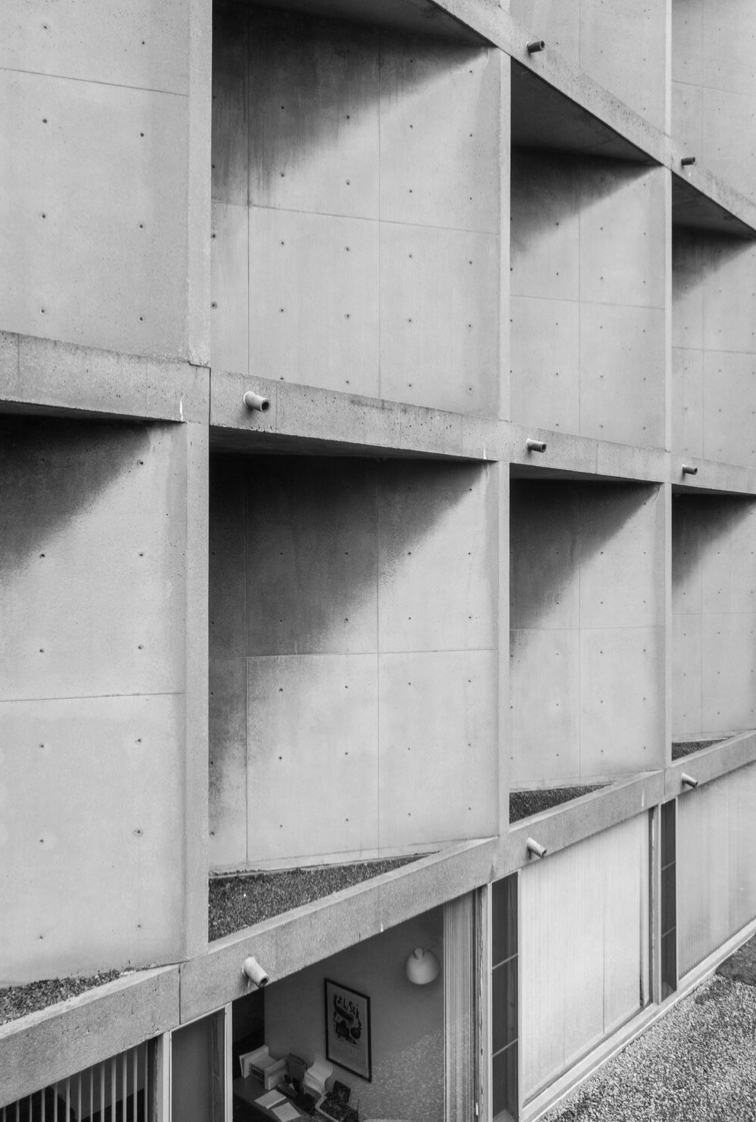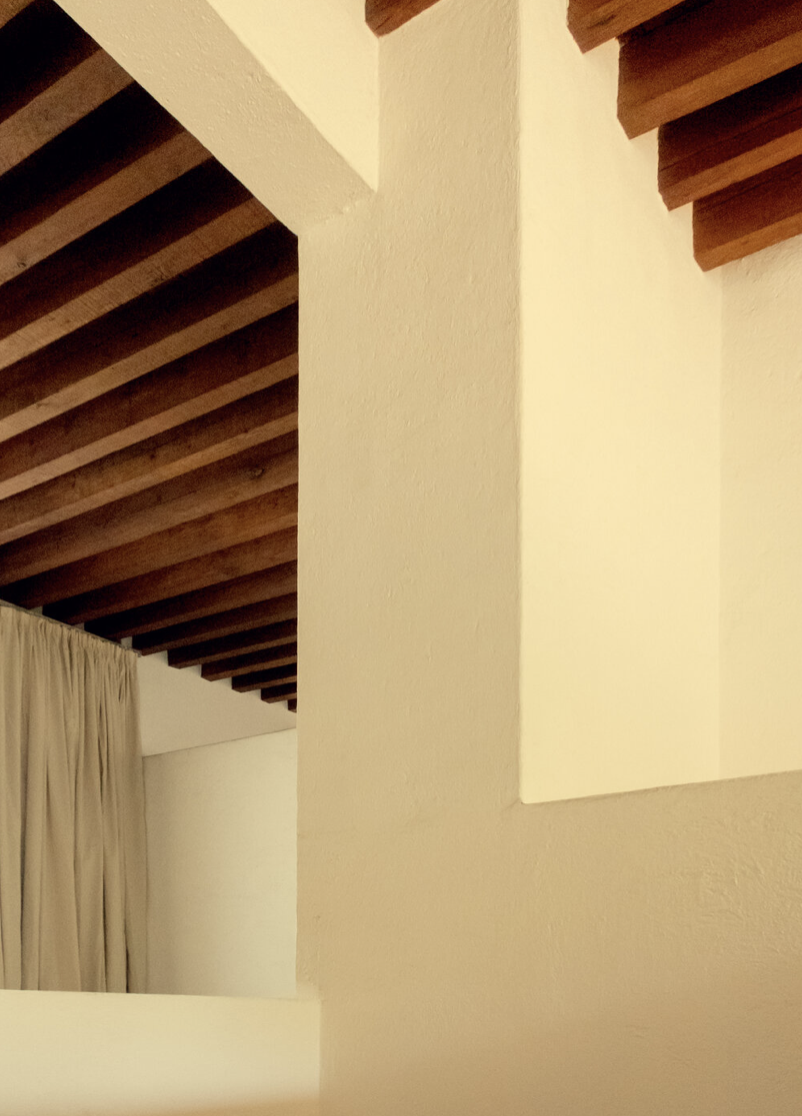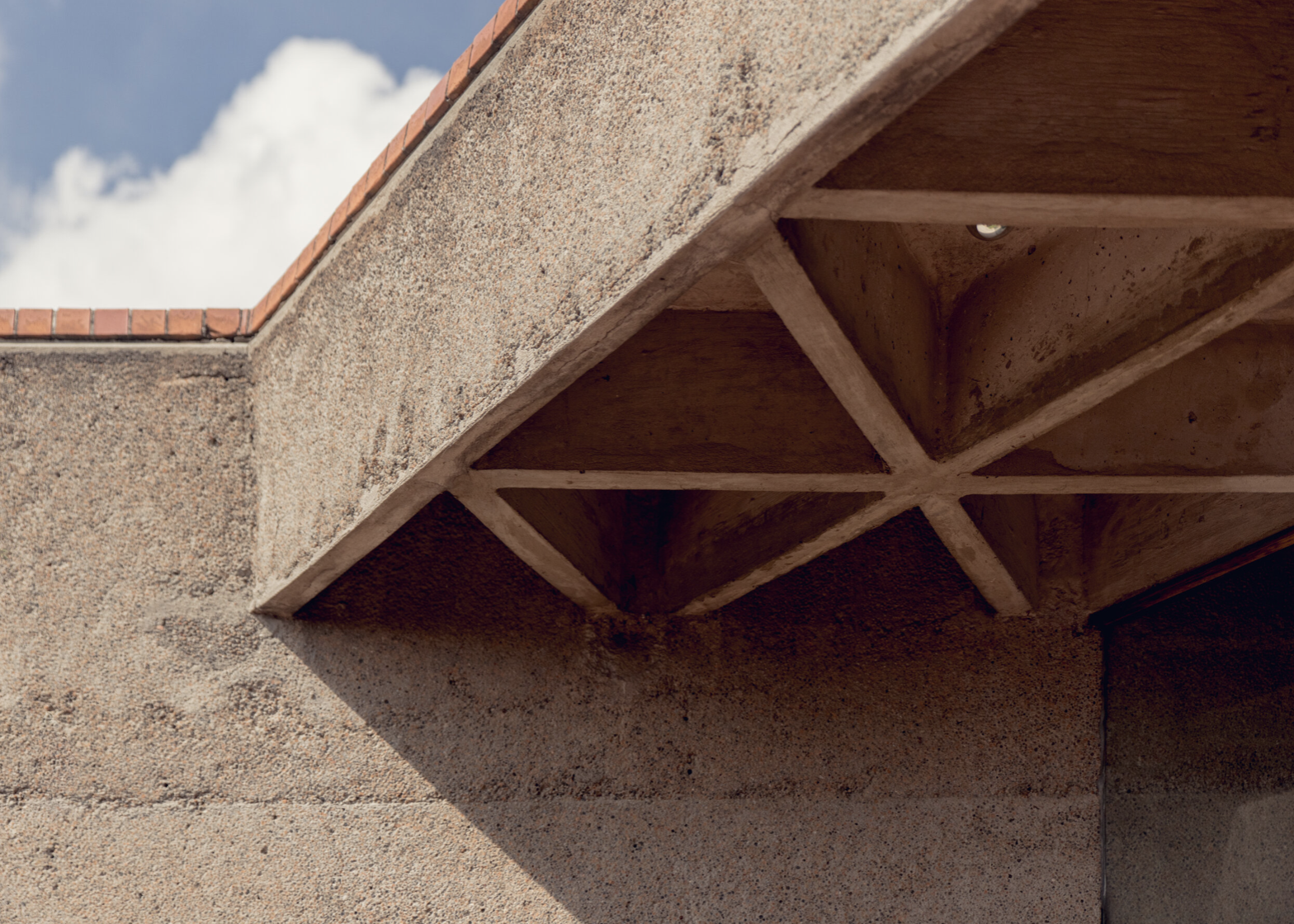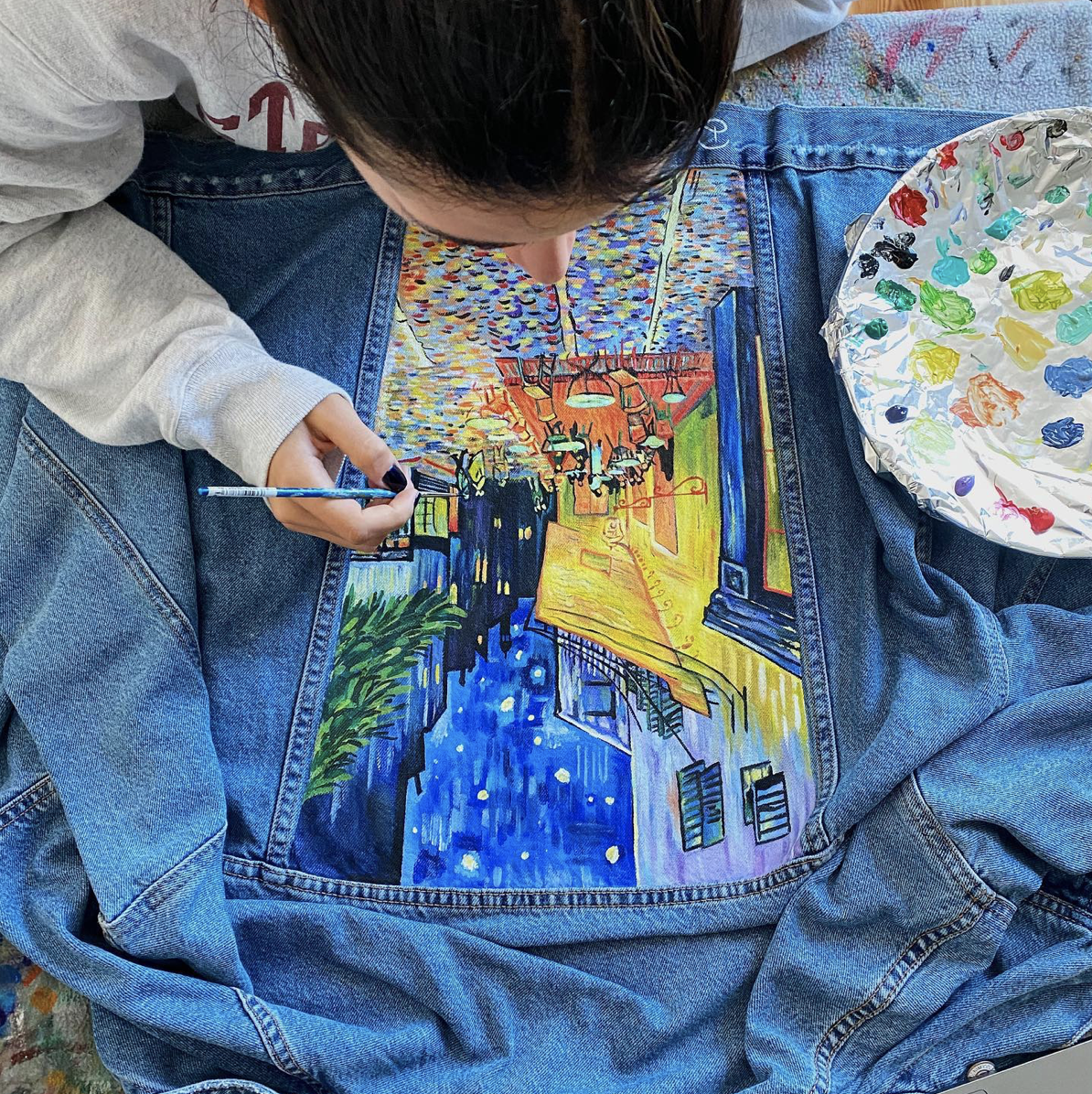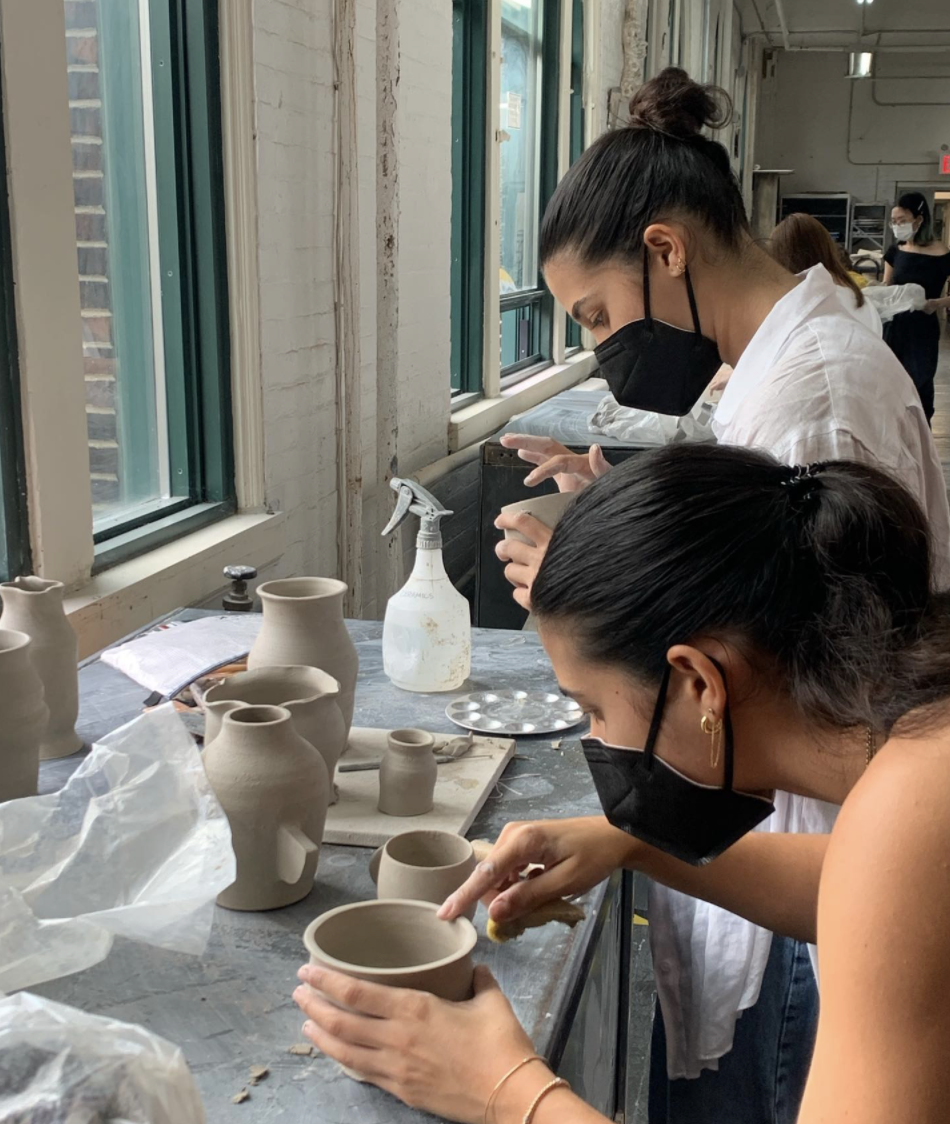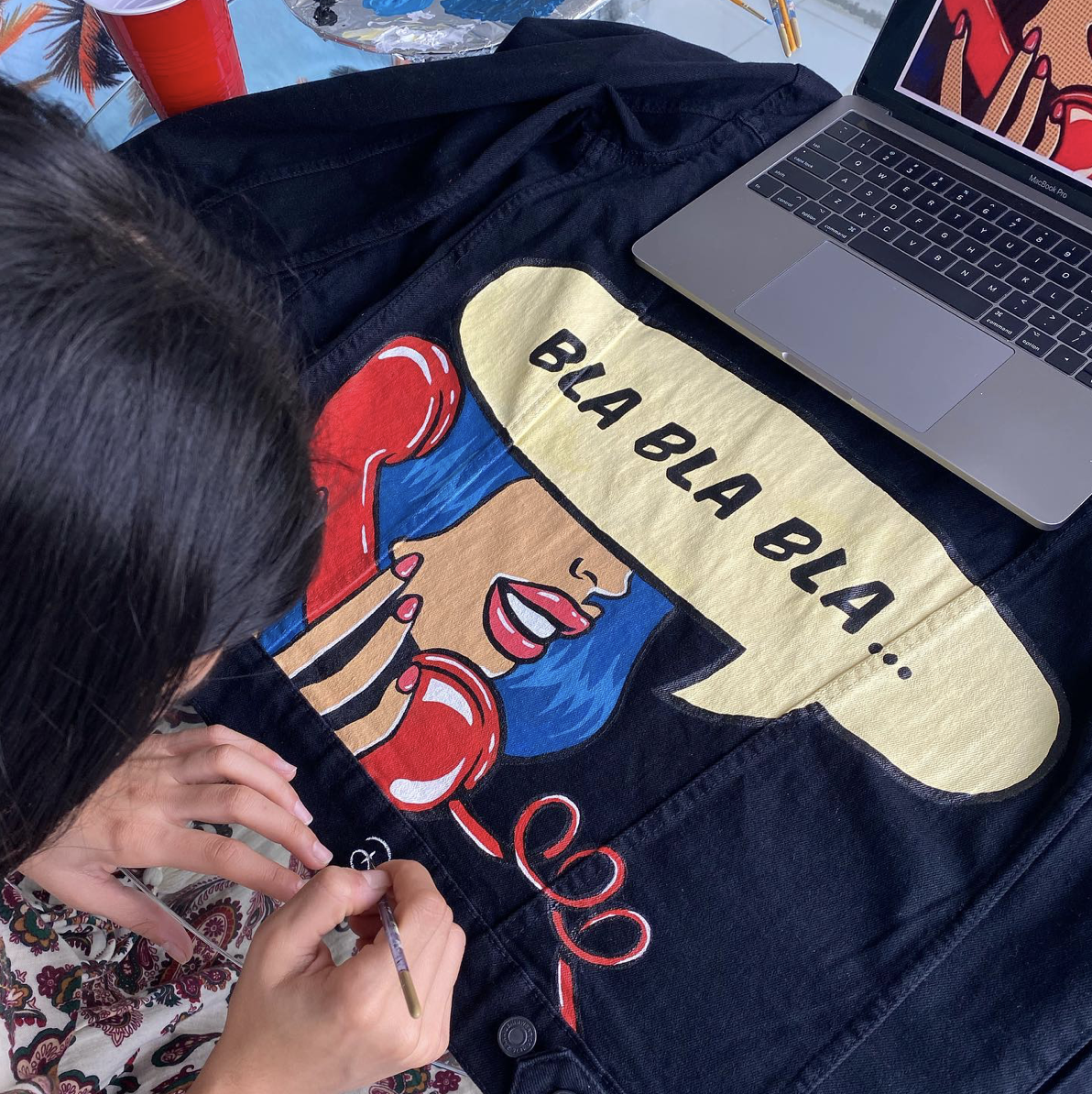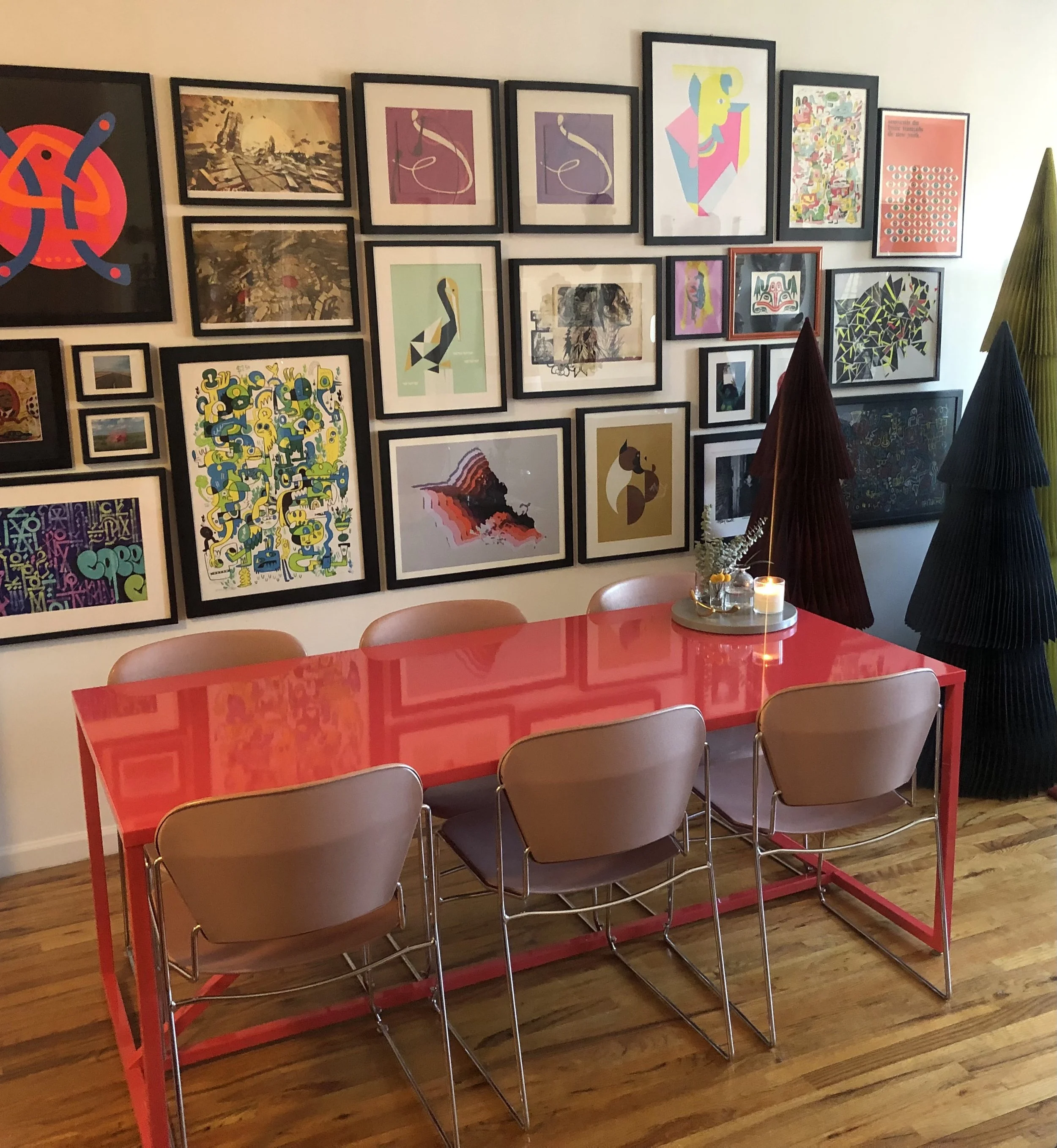You added some plants, bought a Peloton, heck you invested in an air purifier. But did you incorporate art? Well you should have.
CCVA (Le Corbusier), courtesy of Corzo
30 minutes or more each day during the pandemic invested on arts activities like reading for pleasure, listening to music, or engaging in a creative hobby are accredited for lower reported rates of depression and anxiety and greater life satisfaction. (Bloomberg)
An evaluation by the Arts on Prescription Project revealed a 71% decrease in feelings of anxiety and a 73% fall in depression; 76% of participants said their wellbeing increased and 69% felt more socially included. (The Guardian)
Casa Barragán, courtesy of Corzo
Mobiüs House, courtesy of Corzo
A 2016 paper in the Journal of the American Art Therapy Association, found that 45 minutes of creating art in a studio setting with an art therapist significantly lowered cortisol levels (cortisol of course is a hormone that helps the body respond to stress).
Courtesy of Duo Denim
So, why does art impact our wellness?
Art not only serves as a form of therapy. Art allows us to feel like we are building and achieving, and provides a physical and visual manifestation of that. Art can also make us feel connected to our past in a time when loneliness is rampant, and provides comfort in that we will be remembered when we are no longer here.
“The arts are a way of forming, shaping and holding in front of your eyes something you feel internally,” says Phil George, chair of Arts Council Wales.
“It’s about storytelling,” he says. “It helps people develop a narrative of their lives and relate to their own experience in a new way. I’m convinced from the evidence that investment in the arts for health would pay off. It would be beneficial, not just in terms of wellbeing, but in terms of the pressures and costs that mental illness puts on the system.”
“Making it-
In a sense, it’s sort of like a need. Even if it wasn’t my source of income, I would find ways and time to create something even if I knew I wouldn’t make any money off of it. It also gives me an excuse to explore and pursue my curiosity. So inherently it improves my wellness by just fueling that need.
Buying it-
It improves my wellness by three major factors. One is that I know I am supporting the career of an emerging artist, two, I enjoy viewing and living with the pieces I collect and third, usually I know that I have made an investment that will continue to grow through the years.”
Courtesy of Duo Denim
What’s best? You don’t have to be an artist to enjoy the benefits!
In fact, research from Girija Kaimal, a professor at Drexel University and a leading researcher in art therapy has shown that there are no differences in health outcomes between those who identify as experienced artists and those who don't.
Furthermore neuroesthetics—which uses brain imaging, brain wave technology and biofeedback to gather scientific evidence of how we respond to the arts— provide physical and scientific evidence that the arts engage the mind in novel ways, tap into our emotions in healthy ways and make us feel good.
In short: the arts create conditions for mindfulness by accessing and engaging different parts of the brain through conscious shifting of mental states. What is key here though, is that, Neuroesthetic findings suggest this is not an experience exclusive to artists: it is simply untapped by those who do not practise in the arts.
Courtesy of Duo Denim
However if you do plan to put your art skills to work, Kaimal notes to remember a couple things:
1: The ultimate goal of making art according to Kaimal is to induce “flow.” Flow can alternatively be described as “being in the zone.” As Kaimal offers, “It's that sense of losing yourself, losing all awareness. You're so in the moment and fully present that you forget all sense of time and space." For me, that happens when I read or when I workout.
Kaimal points to a 2018 study published in the journal Frontiers in Psychology, which found that flow was characterized by increased theta wave activity in the frontal areas of the brain — and moderate alpha wave activities in the frontal and central areas.
2. Limit language: The parts of the brain activated during visual art are different from those activated for speech generation and language processing. Give those overworked parts of the mind a break, and indulge in the calm relaxation that comes from doing so
3. Re-use: This emphasizes practice and process over product and takes the pressure off to make something that looks good.
Courtesy of All Things Friday
Many find the art world intimidating or overwhelming. However, Marysella Castillo, an avid art collector and founder of All Things Friday, suggest not to put that much pressure on yourself. “I don’t go looking for art, art finds me,” she offers.
According to her, the beauty of art is that it can transport you to a different place. She suggests that in the bedroom one should focus in incorporating art that is calmer while in her living room she looks for pieces that make her happy and are more exciting.
She says that if there is an art gallery you need visit now, it is that of Richard Beavers in Brooklyn, which focuses on the social and political issues at the forefront of African Diaspora.
A special thanks to our contributors: Corzo, Marysella Castillo, Carolina De Pontes, and Daniela De Pontes.
May you be well,
nol

